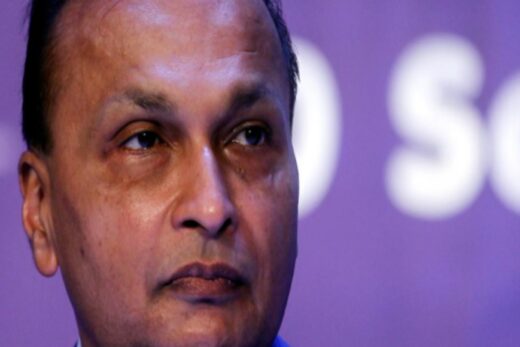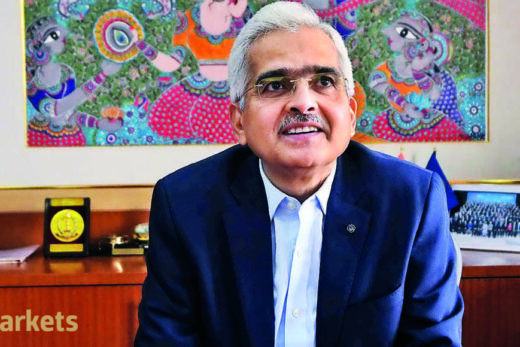Today, even Rs 5 lakh health cover may seem insufficient due to soaring medical costs and other factors like affordability and location. Generally, hospitalisation in Tier 1 and Metro cities may cost 30-40 percent more than in Tier 2 and 3 cities. 15-day hospitalisation treatment for a moderate case of Covid in Delhi may cost Rs 1.8-2.5 lakh (estimated) and may even go beyond Rs 5 lakh depending on co-morbidities. In critical cases, the treatment cost may exceed Rs 20 lakh.
What if you had a financial backup when your hospitalisation claim bill crossed your set deductible limit, and you could still pay all the medical expenses from your existing health policy. Here’s a cost-effective way to ensure that you and your family are covered for any medical uncertainties in life.
A super top-up health plan can be the ultimate backup in case you exhaust all your insurance coverage. A super top-up plan covers the total hospital bills up to the limit specified in the plan above the deductible amount. Once the deductible is paid, the super top-up policy becomes active for subsequent claims. It covers cumulative expenses, unlike a regular top-up plan that covers single claims over and above the deductibles. And the good news is that you can avail this even if you don’t have a health policy.
The average personal health insurance bought by most individuals is in the range of Rs 3 lakh-5 lakh which can be easily exhausted at current medical inflation. Super top-up plans help to cover the total of all hospitalisation bills above the threshold limit with comparatively lower premiums.
Two most common ways to enhance existing health cover are –
- Buying a separate policy and paying an additional premium or
- Upgrading the base policy. Both can be expensive. For instance: You have a health insurance policy of Rs 3 lakh and are paying Rs 6,000 as a premium every year. To increase the coverage to Rs 5 lakh from the current Rs 3 lakh, the premium amount might go up to Rs 10,000 annually.
If your health insurance sum insured is not enough to meet the rising medical expenses, a Super top-up plan can be the ideal plan. Super top only triggers after a threshold limit/particular bill amount, which reduces the premium cost. Even if you don’t have a base policy this super top-up can help if the claim is above the threshold limit. Hence the super top-up is affordable.
7 Things to look out for while buying a super top-up plan
- Long Term aggregate deductible amount with options
- Deductible Waiver for accidental claims
- No NCB deduction post claims
- Zero Deductible, Buy-Back policy after 4 years
- Affordability
- Maximum health coverage
- Financial Stability
Reliance Health super top-up is an affordable way of enhancing health insurance coverage with a host of industry-leading benefits. From organ donor expenses to modern technologically advanced treatments like robotic surgeries, one can avail it with ease, without any capping in the policy. The policy also provides worldwide coverage, air ambulance cover of up to Rs 5 lakhs, maternity up to Rs 2 lakhs, and consumables items, that are rare to find benefits.
Here are several benefits of Reliance Super top-up plan.
- Address out-of-pocket expenses with additional cover, over and above the deductible amount.
- Multiple benefits including maternity cover, worldwide emergency cover, air ambulance cover, critical Illness, health check-up benefits, etc.
- Emergency air ambulance expenses from the place of the first occurrence of the illness/accident to the nearest hospital are covered up to Rs 2 lakh for policies with sum insured less than Rs 10 lakh and Rs 5 lakh for policies with sum insured greater than and equal to Rs.10 lakh.
- Maternity expenses including prenatal, postnatal and in-patient treatment medical expenses are covered for mother and baby starting from day 1 to 90 days within the maternity limits, up to Rs 2 lakh subject to an annual aggregate deductible.
- Premium waiver in case of listed critical illness.
- Do not require a base insurance policy and can be purchased by anyone aged 18-65 years The policy covers diagnostic or preventive medical checkup expenses at the end of 3 consecutive and continuous policy years.
- Deductible is waived off in case of an accidental hospitalization claim.
- The policy comes in two variants, i.e., individual and family floater and is a cost-effective way to boost the insurance coverage for yourself and your family.
- Works at an aggregate level and kicks in as and when you have used your base policy amount.
Super top-up plans are great ways to increase your coverage amount and be prepared for any emergency. They can be bundled up with existing health insurance policies too.
It’s advisable to opt for a super top-up plan as it provides a higher sum insured and the coverage amount can be increased over and above your corporate plan at a lower premium.
Higher the threshold limit, lower the premium of the plan. You can either buy it individually or as a family floater plan.
Like all other health insurance plans, a Super Top-up health plan offers tax-saving benefits on the premium paid. The premiums paid on top-up or super top-up plans are eligible for income tax deductions under Section 80D.
Click here to know more about Reliance Health Super Top Up plan.



